Crypto Market Outlook 2025: Key Sectors and Narratives to Watch
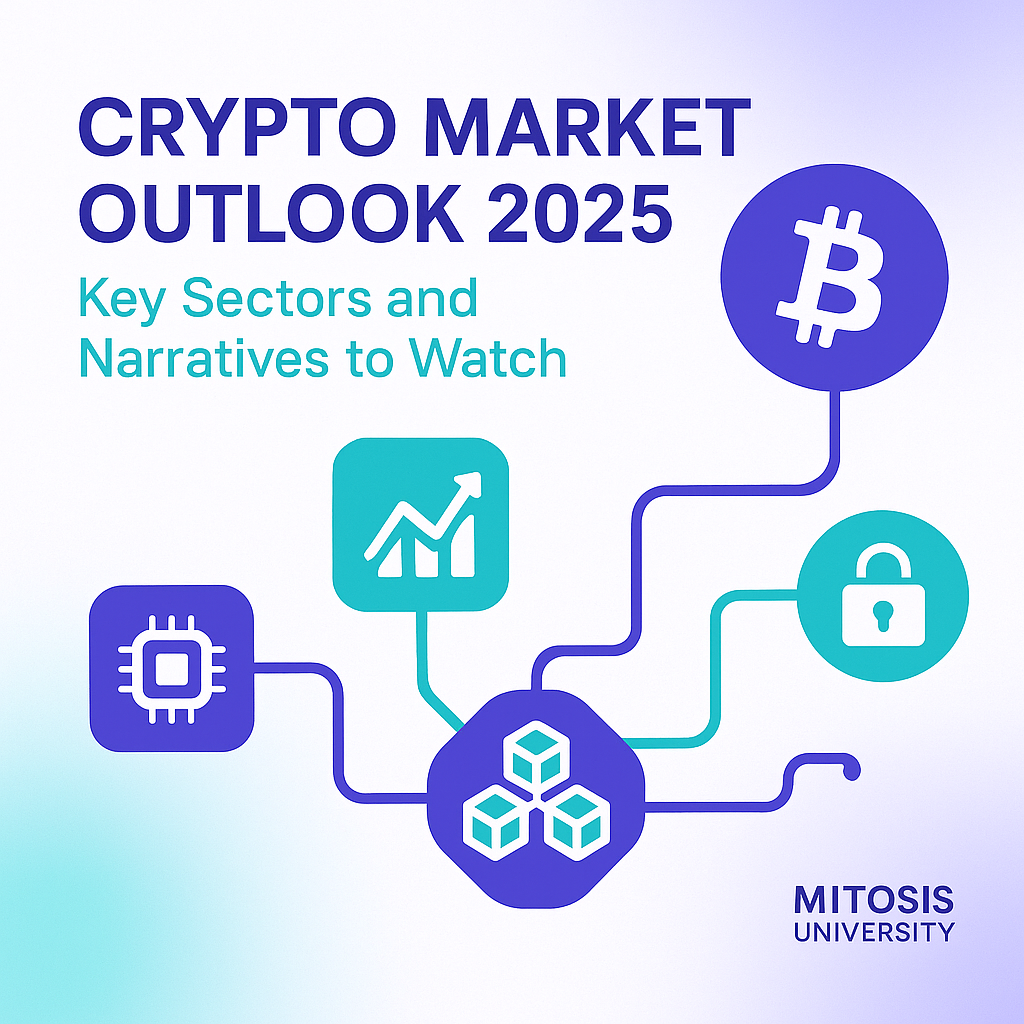
Introduction
The cryptocurrency market in 2025 is entering a new era of maturity, driven by regulatory clarity, institutional adoption, and evolving investor narratives. With digital assets gaining momentum as mainstream financial tools, the current market cycle offers both opportunity and complexity. As global economies adjust to post-halving dynamics, geopolitical shifts, and technological innovation, investors and institutions alike are recalibrating their focus. This article unpacks the top crypto sectors and trends shaping 2025—offering a clearer view of what’s gaining traction and why it matters now more than ever.
The Front-Runners: Sectors Driving the 2025 Crypto Cycle
1. Stablecoins and the Real-World Utility Boom
Stablecoins are emerging as one of the most impactful tools in crypto, offering a bridge between the traditional and decentralized financial worlds. With their speed, low cost, and price stability, they are increasingly being used for payments and settlements—especially in regions where banking infrastructure lags. In Q1 2025, stablecoins like USDC and USDT recorded notable market cap increases, and the rebranded USDS (formerly DAI) showed rapid growth.
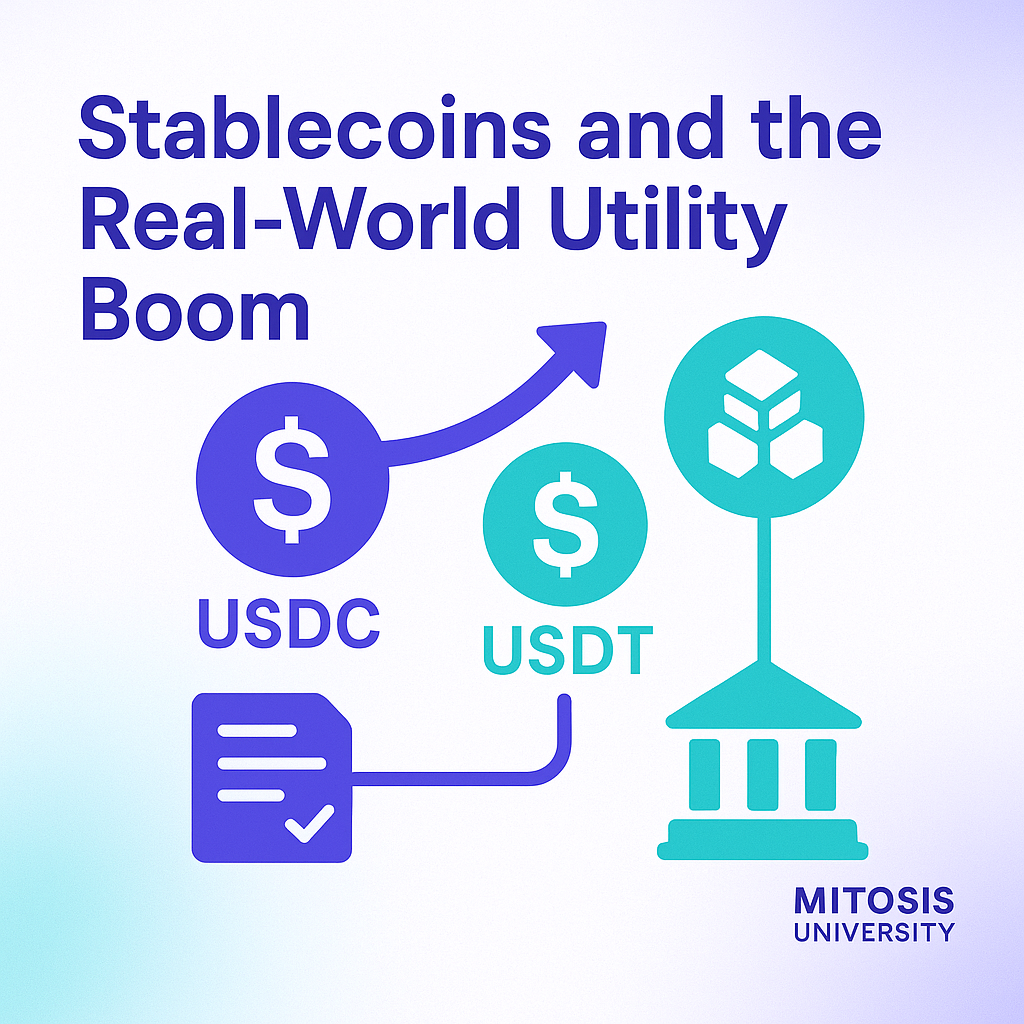
The regulatory spotlight is intensifying, particularly in the US, UK, and Asia. Early actions by the new US presidential administration include proposed stablecoin regulations aimed at integrating them into mainstream finance securely. Institutions are watching closely—especially on Ethereum, which remains a dominant network for stablecoin activity. DeFi Technologies’ entry into the regulated Real World Asset (RWA) market with a compliant stablecoin highlights this sector's growing credibility and relevance.
2. Bitcoin's Institutional Surge and Political Tailwinds
Bitcoin continues to dominate headlines, having surpassed $100,000 and inching toward its all-time high of $110,400. Its rise is powered by multiple catalysts: the 2024 halving, relentless institutional inflows into newly approved spot Bitcoin ETFs, and increasing corporate treasury allocations. Some projections now suggest Bitcoin could hit $150,000 by the end of 2025 and reach $1 million by 2030, driven by exponential adoption trends.
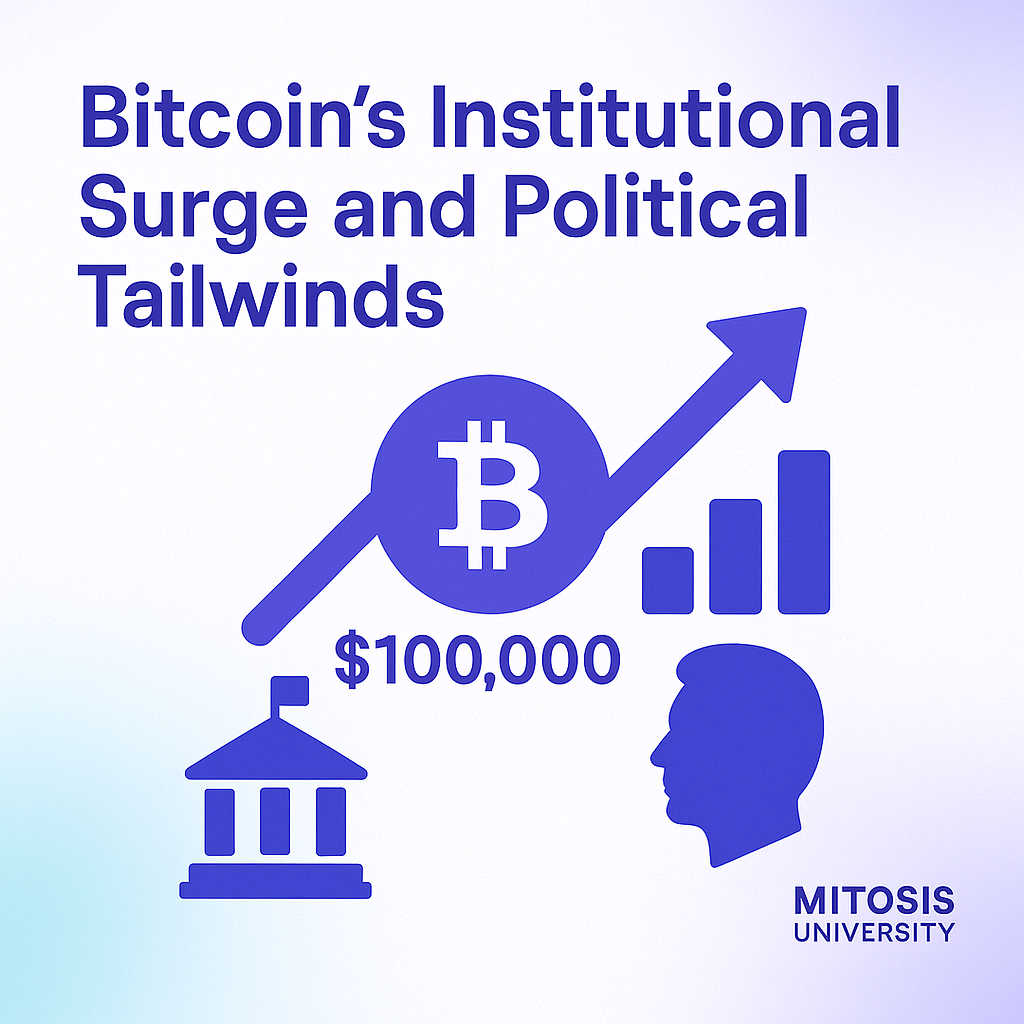
What’s different this cycle is Bitcoin’s expanding role in political and economic discourse. Figures like Eric Trump are championing it as foundational to the next American financial system. Even after a brief price decline in Q1 2025, Bitcoin’s dominance grew—reflecting both its staying power and increased investor confidence in its long-term value.
3. Emerging Narratives: Tokenization, AI, and Meme coins
The broader crypto landscape is seeing the rise of new narratives:
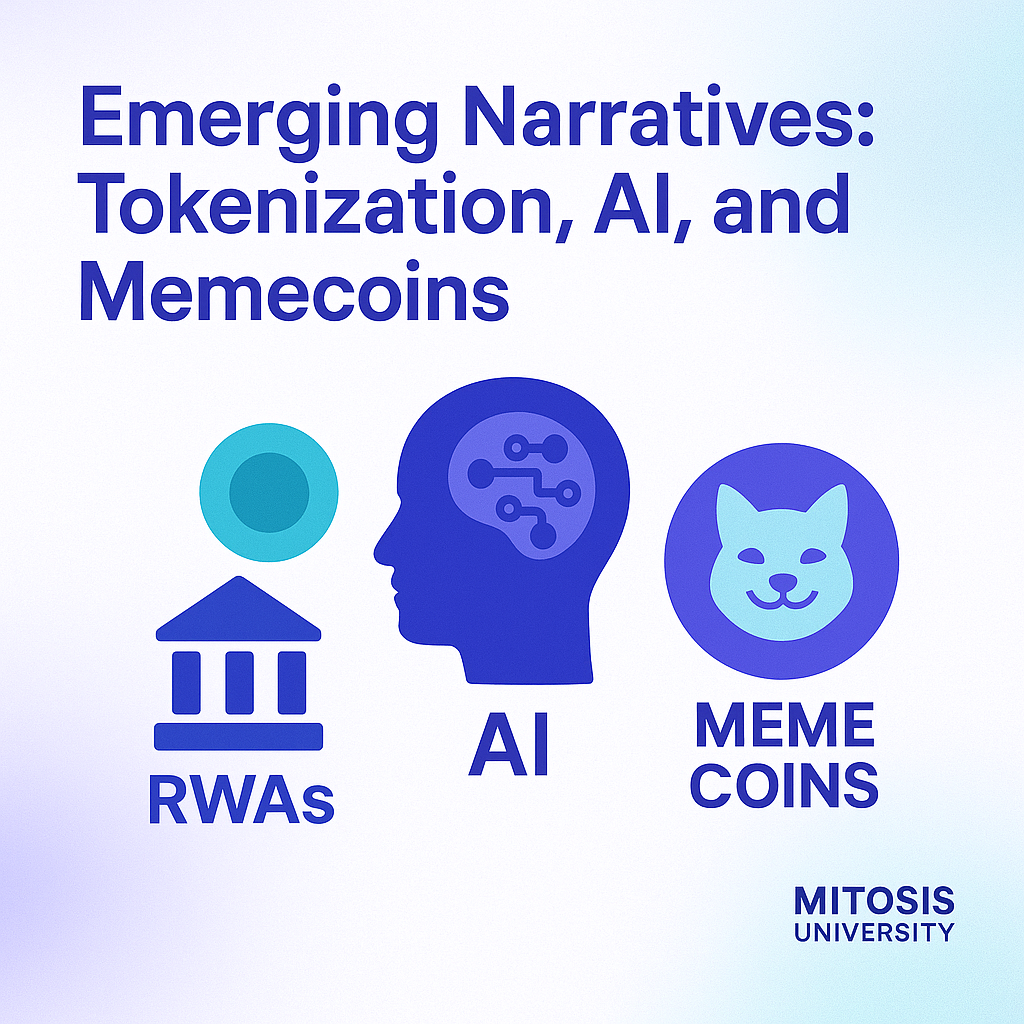
- Real World Assets (RWAs): The tokenization of traditional assets is gaining serious traction. With firms like DeFi Technologies launching regulated products, and increasing clarity around collateralized digital instruments, RWAs are positioned to transform how assets are issued, traded, and managed.
- AI Tokens: Q1 2025 saw a surge in popularity for AI-related crypto projects, fueled by global fascination with artificial intelligence. These tokens captured major investor interest, suggesting a growing intersection between AI infrastructure and blockchain incentives.
- Meme Coins: Though often considered speculative, meme coins staged another major comeback in May 2025, ranking second in global investor interest for Q1. Their viral momentum and cultural resonance remain potent forces in shaping market behavior.
Meanwhile, institutional interest in digital asset ETFs—including staked and multi-chain offerings—is on the rise. A January 2025 survey revealed that more financial institutions are increasing their crypto exposure, encouraged by the SEC’s progressive stance on ETF approvals.
Conclusion
As 2025 unfolds, the crypto market is becoming more defined by use-case-driven growth and regulatory integration than speculative hype. Stablecoins, Bitcoin, and tokenized real-world assets are leading this transformation, with new narratives like AI tokens and meme coins adding layers of dynamism.
Key Takeaways:
- Stablecoins are becoming vital for real-world financial use and may define the regulatory agenda.
- Bitcoin is not only thriving but becoming institutionally and politically embedded.
- Tokenization and AI are merging traditional and digital finance, attracting both developers and investors.
Looking ahead, how will regulators strike the balance between innovation and control? And could the next major breakthrough come from the convergence of AI and blockchain?
References
- Trigyn Technologies. Top trends in blockchain technology 2025 [Internet]. Trigyn Technologies; 2025 [cited 2025 May 22]. Available from: https://www.trigyn.com/insights/top-trends-blockchain-technology-2025
- Stankovic T. What's next for crypto? 2025 predictions from the industry's frontlines [Internet]. Sumsub; 2025 Apr 17 [cited 2025 May 22]. Available from: https://sumsub.com/blog/whats-next-for-crypto-predictions/
- CoinDCX. When will the crypto market bull run begin in 2025? [Internet]. CoinDCX; 2025 May 19 [cited 2025 May 22]. Available from: https://coindcx.com/blog/cryptocurrency/crypto-bull-run-coming-soon-in-2025/
- ChainUp. Regulatory clarity fuels 2025 surge in institutional crypto adoption [Internet]. ChainUp; 2025 Mar 26 [cited 2025 May 22]. Available from: https://www.chainup.com/blog/institutional-crypto-adoption-surge-2025
- Crosby M. Is a Bitcoin supercycle imminent? [Internet]. Bitcoin Magazine; 2025 May 16 [cited 2025 May 22]. Available from: https://bitcoinmagazine.com/markets/is-a-bitcoin-supercycle-imminent
- Architect Partners. Q1 2025 crypto M&A and financing report [Internet]. Architect Partners; 2025 [cited 2025 May 22]. Available from: https://architectpartners.com/q1-2025-crypto-ma-and-financing-report/
- Trakx. Sector rotation in crypto [Internet]. Trakx; 2025 [cited 2025 May 22]. Available from: https://trakx.io/resources/insights/sector-rotation-in-crypto/
- Crystal Intelligence. PwC global crypto regulation trends for 2025 [Internet]. Crystal Intelligence; 2025 [cited 2025 May 22]. Available from: https://crystalintelligence.com/crypto-regulations/pwc-global-crypto-regulation-trends-for-2025/
- CoinGecko. CoinGecko 2025 Q1 crypto industry report [Internet]. CoinGecko; 2025 [cited 2025 May 22]. Available from: https://assets.coingecko.com/reports/2025/CoinGecko-2025-Q1-Crypto-Industry-Report.pdf
- FingerLakes1. Bitcoin $110,000: $6 trillion bull run? [Internet]. FingerLakes1; 2025 May 21 [cited 2025 May 22]. Available from: https://www.fingerlakes1.com/2025/05/21/bitcoin-110000-6-trillion-bull-run/
- Elliptic. State of crypto 2025: financial institutions poised for digital asset adoption [Internet]. Elliptic; 2025 [cited 2025 May 22]. Available from: https://www.elliptic.co/blog/state-of-crypto-2025-financial-institutions-poised-for-digital-asset-adoption
- Gemini. Five crypto predictions for 2025 [Internet]. Gemini; 2025 [cited 2025 May 22]. Available from: https://www.gemini.com/blog/five-crypto-predictions-for-2025
- Fidelity Investments. 2025 crypto regulatory outlook [Internet]. Fidelity Investments; 2025 Apr 2 [cited 2025 May 22]. Available from: https://www.fidelity.com/learning-center/trading-investing/crypto-regulatory-outlook-2025
- Galaxy Digital. Crypto venture capital Q1 2025 [Internet]. Galaxy Digital; 2025 [cited 2025 May 22]. Available from: https://www.galaxy.com/insights/research/crypto-venture-capital-q1-2025/
- CoinMetro. Crypto market cycles [Internet]. CoinMetro; 2025 [cited 2025 May 22]. Available from: https://www.coinmetro.com/learning-lab/crypto-market-cycles
- Associated Press. Bitcoin, Trump, meme coins: price high [Internet]. AP News; 2025 [cited 2025 May 22]. Available from: https://apnews.com/article/bitcoin-trump-meme-coins-price-high-2bdb8db9bfea9acc5d0f88a99759c855
- OSL. Rate hikes and the Fed: how do they affect crypto markets? [Internet]. OSL; 2025 [cited 2025 May 22]. Available from: https://osl.com/academy/article/rate-hikes-and-the-fed-how-do-they-affect-crypto-markets
- TradingView. Crypto and tech at risk amid rising rates: Peter Schiff [Internet]. TradingView; 2025 [cited 2025 May 22]. Available from: https://www.tradingview.com/news/u_today:84457a8c5094b:0-crypto-and-tech-at-risk-amid-rising-rates-peter-schiff/
- Blockhead. Bitcoin blasts past $110,000 to new all-time high amidst institutional inflows [Internet]. Blockhead; 2025 May 22 [cited 2025 May 22]. Available from: https://www.blockhead.co/2025/05/22/bitcoin-blasts-past-110-000-to-new-all-time-high-amidst-institutional-inflows/
- Funds Society. Crypto assets sneak into the S&P 500 and break a new barrier [Internet]. Funds Society; 2025 [cited 2025 May 22]. Available from: https://www.fundssociety.com/en/news/alternatives/crypto-assets-sneak-into-the-sp-500-and-break-a-new-barrier/
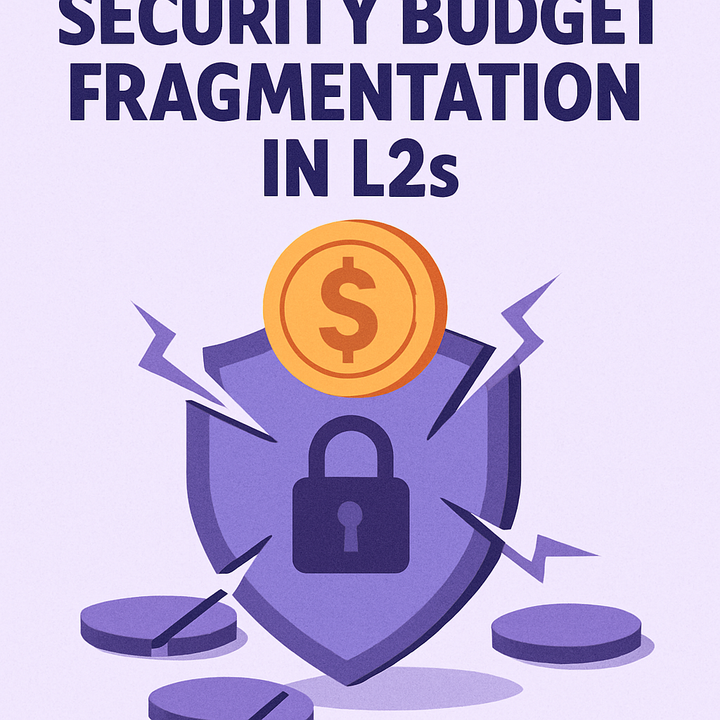

Comments ()